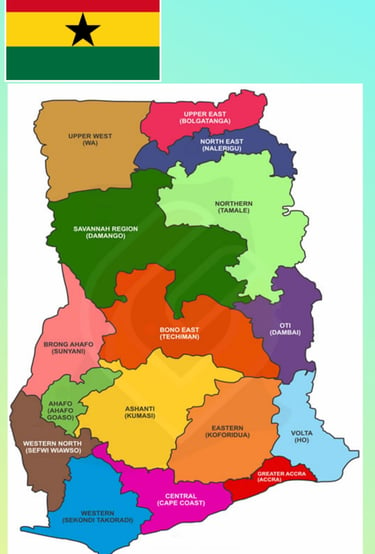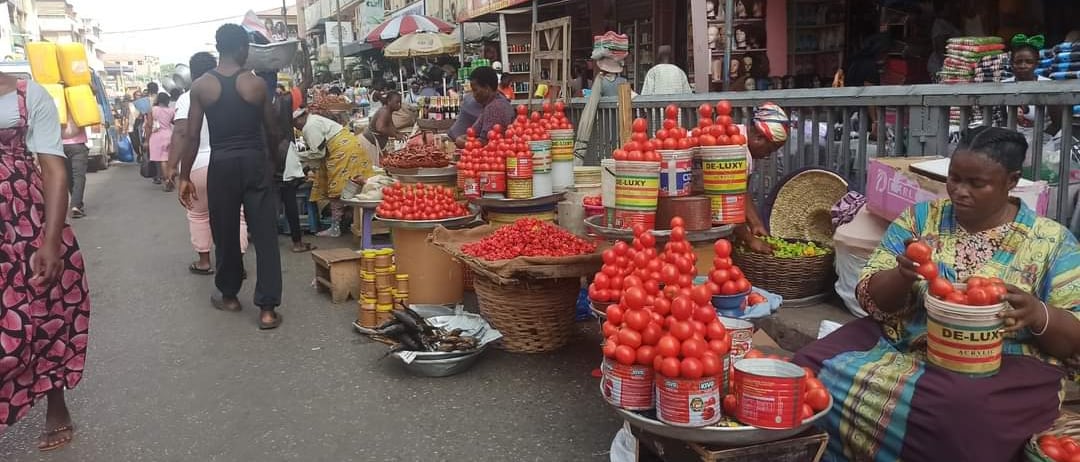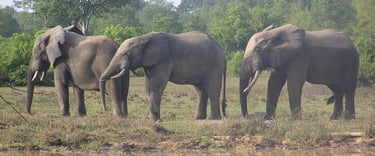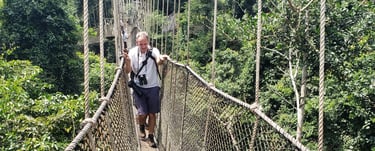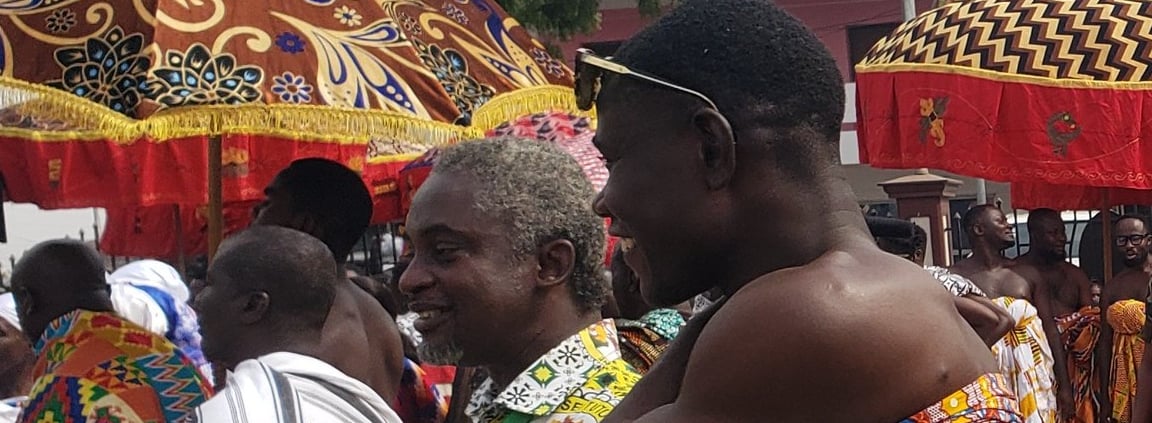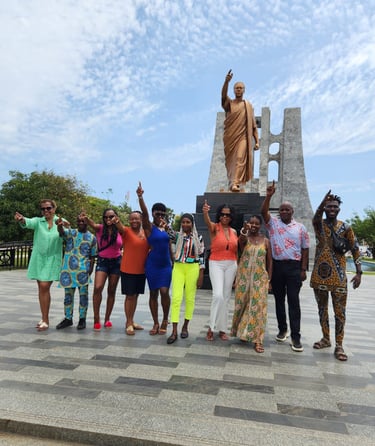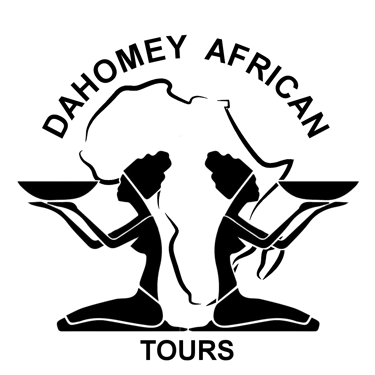Welcome to the Land of Gold (Akwaba)
Exploring Ghana With West Africa's Leading Tour Company
Known as former Gold Coast, Ghana shares borders with three French-speaking countries. Côte d'Ivoire(Ivory Coast) to the west, Togo(French Togoland) to the east, Burkina Faso(Upper Volta) to the north, and the Gulf of Guinea(Atlantic Ocean) to the south. It is dotted with historic castles such as Elmina Castle, founded in 1482, which is the oldest surviving European building in sub-Saharan Africa.
Mole National Park, the Ghana's largest wildlife sanctuary is one of the best place in West Africa for general game viewing and superb savannah birdwatching.
Jamestown's old fishing harbour is a riot of colourful pirogues in the morning.
Kwame Nkrumah Memorial Park, the 5ha site is located in the grounds of a former colonial polo club.
Africa's oldest canopy walkway can be found in Kakum National Park, an spot for spectacular birdwatching.
Plunging about 70m in three separate stages, Kintampo Falls is at its most impressive after the rains.
Ghana Climate is tropical and there are two main seasons: the wet and the dry seasons. North Ghana experiences its rainy season from April to mid-October while South Ghana experiences its rainy season from March to mid-November. The tropical climate of Ghana is relatively mild for its latitude. The harmattan, a dry desert wind, blows in north-east Ghana from December to March, lowering the humidity and causing hotter days and cooler nights in northern part of Ghana.
Average daily temperatures range from 30℃ during the day to 24℃ at night with a relative humidity between 77 percent and 85 percent. In the southern part of Ghana, there is a bi-modal rainy season: April through June and September through November. Squalls occur in the northern part of Ghana during March and April, followed by occasional rain until August and September, when the rainfall reaches its peak. Rainfall ranges from 78 to 216 centimeters (31 to 85 inches) a year.
Guinea Savannah in the north, Tropical Rain Forest in the centre and the Coastal Savannah are the three zones that caracterized Ghana Vegetation. The hot sun, the frequent rain and the rich soil combine to create lush vegetation. This has enabled Ghana to conserve and develop the parks into game viewing.
Ghana beasts 16 integrated protected areas, which are managed by the Wildlife Division, and cover a total area of 13,489km2(5.66% of the total land area). These are Nini Suhien National Park and Ankasa Resource Reserve, Bia National Park Resource Reserve, Kakum National Park, Bui National Park, Digya National Park, KyaboboNational Park, Mole National Park, Gbele Resource Reserve Kalakpa Resource Reserve, Shai Hills Resource Reserve, Kogyae Strict Nature Reserve, Agumatsa Wildlife Sanctuary, Boabeng-Fiema Monkey Sanctuary, Bomfobiri Wildlife Sanctuary, Owabi Wildlife Sanctuary and Keta Lagoon Complex. The Wildlife Division is also responsible for the five coastal wetland areas designated under the Ramsar Convention, as well as the zoological gardens in Kumasi.
The population in Ghana is about 35 millions based on August 2023 Worldometer elaboration of the latest United Nations data. It is made up of 110 ethnic groups who speak about 80 languages and dialects
Ghana's warm-hearted citizens make the country one of the friendliest spots in West Africa. The people are extremely friendly and hospitable. Ghanaians are proud of their culture and love welcoming people from outside to integrate and mix in with their local customs and way of living.
Ghana was formerly known as Gold Coast because of the abundance of gold discovered in the territory by the Europeans. Gold Coast has changed into Ghana after achieving independence from British colonial rule on 6th March 1957 by the great panafrican leader Kwame Nkrumah. It was named after the ancient Ghana Empire, which existed between the forth and tenth centuries. Historically Ghana territory was divided into several States and Kingdoms, of which the most powerful was Ashanti Kingdom. The arrival of the Portuguese in the late fifteenth century, followed by the Danes, Dutch and British marked the beginning of gold and slave trading, which lasted 300 years.
As long ago as 1700, the coast of modern-day Ghana stood firmly at the epicentre of the European maritime trade out of West Africa, while the Ashanti Empire gave political and social cohesion to much of the area between the coastal belt and the Black Volta. Even as recently as 1874, when Britain estabilished its Gold Coast Colony, few would have foreseen the eventual existence of a political state with borders approximating present-day Ghana. Indeed, it was only in 1902 that the central and northern parts of Ghana were annexed to the colony, while the interior east of what is now Lake Volta, which formed part of German Togoland before Warld War I, was mandated to Britain by the League of Nations in 1919.
Customise your Benin, Togo, Ghana, Senegal & Ivory Coast Tours
For more details including itineraries and prices, please message or contact us below using the Book a Tour now form





